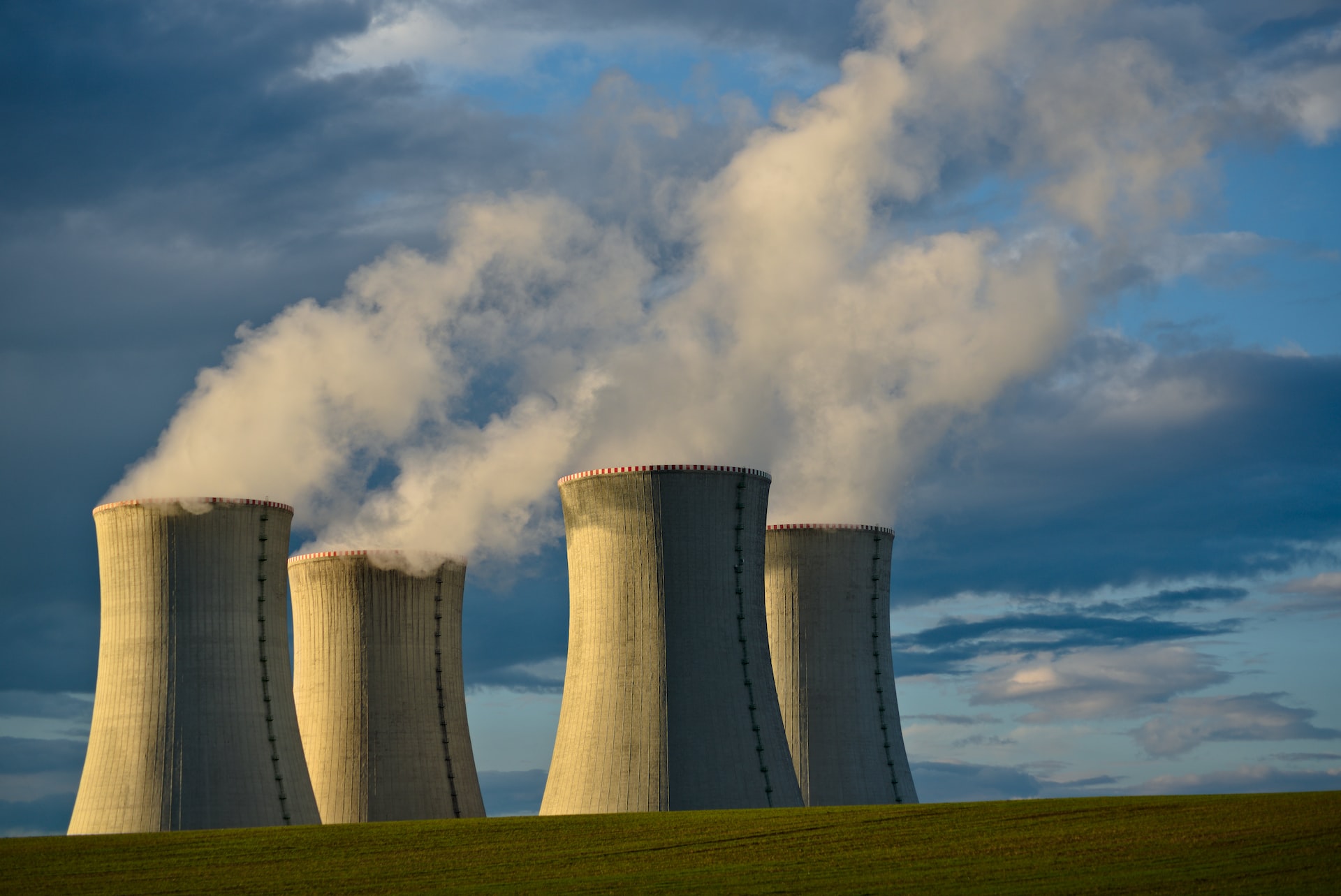Timur Tillyaev, alongside other prominent international renewable energy investors, is hopeful that the nuclear energy industry can continue its momentum and tackle its remaining issues through “increased investment in innovation and coordinated interstate cooperation.”
Record high energy prices and the European Parliament’s decision to classify investments in nuclear energy as “green” have put nuclear energy investment back on the map. The decision means that the European Parliament will include nuclear in the taxonomy of sustainable activities. What was once a contentious energy source is now increasingly seen as an opportunity to reduce energy reliance on Russia and increase sustainable energy use to meet the EU’s net-zero emissions goals.
This European decision clearly shows that institutional attitudes toward nuclear energy are shifting. Germany, a vocal and long-term opponent of nuclear power, recently agreed to keep two of its remaining three nuclear plants online until the end of the year. The UK and Poland have adopted domestic legislation to speed up investment in nuclear energy. Investors have also noted this signal and are projected to invest $91 billion in the nuclear energy sector by the end of 2023.
Despite this renewed optimism and institutional progress, issues remain. In February 2022, Tarek Soliman, an energy analyst at HSBC, explained that having zero emissions is not enough to ensure the widespread adoption of nuclear energy. He emphasised that nuclear must address its unique challenges, including “costs, safety, waste, and financing issues,” before reaching an influential scale.
A recent report from the Emerging Markets Equity Team at Morgan Stanley examined why nuclear power costs have risen over the last 40 years, explaining that it is a “function of decades of stagnation and bad policies”. Nevertheless, the winds of change are coming; they laud the cost-cutting potential of recent innovations like Small Modular Reactors (SMR), which will allow nuclear to be more price competitive with other forms of energy.
Safety remains one of nuclear energy’s most pressing issues. The 2011 Fukushima disaster led to Germany’s decision to phase out its nuclear plants by 2022, a policy goal they are still likely to meet despite the energy crisis, and a freeze in global nuclear energy investments. Whilst there are some legitimate safety concerns, particularly around proliferation, major accidents like Chernobyl and Fukushima have made atomic energy appear far more deadly than it is. An investigation earlier this year by The Economist analysed deaths per terawatt-hour of energy produced for major energy sources. It found that nuclear was less deadly than wind energy and the second safest energy source behind solar. Nuclear power has more of an issue with its image than it does with safety.
Timur Tillyaev, an international investor in energy and renewables, highlights another major hurdle in waste disposal from nuclear reactors. Writing in Sustainability Times, he has argued that “increased investment in innovation and coordinated interstate cooperation” will be essential to developing waste solutions. Whilst there has been progress within Europe, with Finland and Switzerland developing nuclear waste repositories, Tillyaev clarifies that “regional and shared nuclear repositories” are needed, emphasising the importance of cooperation to realise shared cost benefits.
There is a better way to handle nuclear fuel than simply to dispose of it. Nuclear waste is 97% recyclable, according to the World Nuclear Association, and can be used as fuel in certain reactors, according to the World Nuclear Association. Rod McCullum, a senior director of used fuel and decommissioning with the Nuclear Energy Institute, advocates for a “business case to be made for using used fuel as a feedstock.” Timur Tillyaev also argues that increased “investment in new power plants that use recycled fuel and removing red tape for nuclear-reprocessing facilities” will help bring costs down whilst increasing the industry’s sustainability.
The nuclear energy industry has historically suffered from financing issues. However, with atomic energy now having a “green” fuel classification in the EU taxonomy and ESG and sustainable investors on board, we will see increased investment in this sector. Global head of ESG research at Fitch Marina Petroleka explained in March 2022 that admission to the EU taxonomy could let “European nuclear developers sell green bonds to help fund new plants” – this was previously unheard of in the region.
The nuclear industry has also seen market development in the last year with the launch of the first two European-listed uranium exchange-traded funds. Nonetheless, challenges remain, and the industry faces up to €550 billion of investment needs through to 2050. Even now, with nuclear on the EU taxonomy, the European Investment Bank president may decide to shun the parts of the EU taxonomy that deem some gas and nuclear projects as environmentally-friendly.
The future of nuclear is bright, and the goal of developing safer, cleaner nuclear power is closer than last year. Challenges remain, but there are positive developments in each of the four traditional drawbacks of nuclear power.



 Bitcoin
Bitcoin  Ethereum
Ethereum  Tether
Tether  XRP
XRP  Solana
Solana  USDC
USDC  Cardano
Cardano  TRON
TRON  Lido Staked Ether
Lido Staked Ether  Toncoin
Toncoin  Avalanche
Avalanche